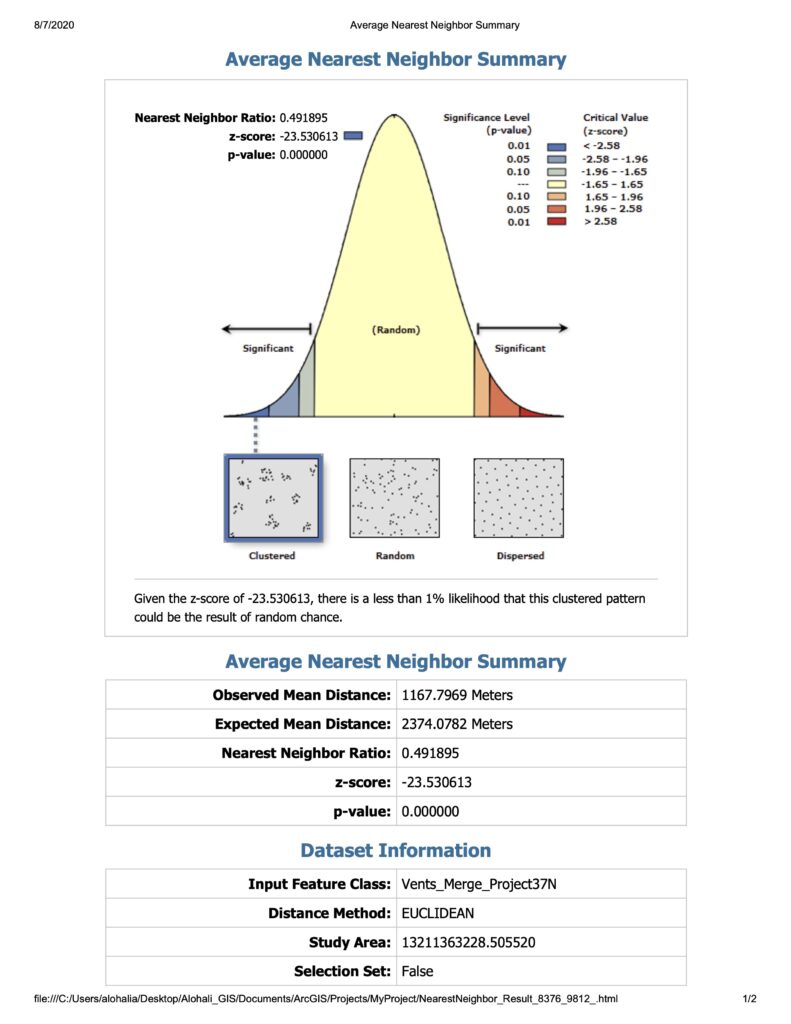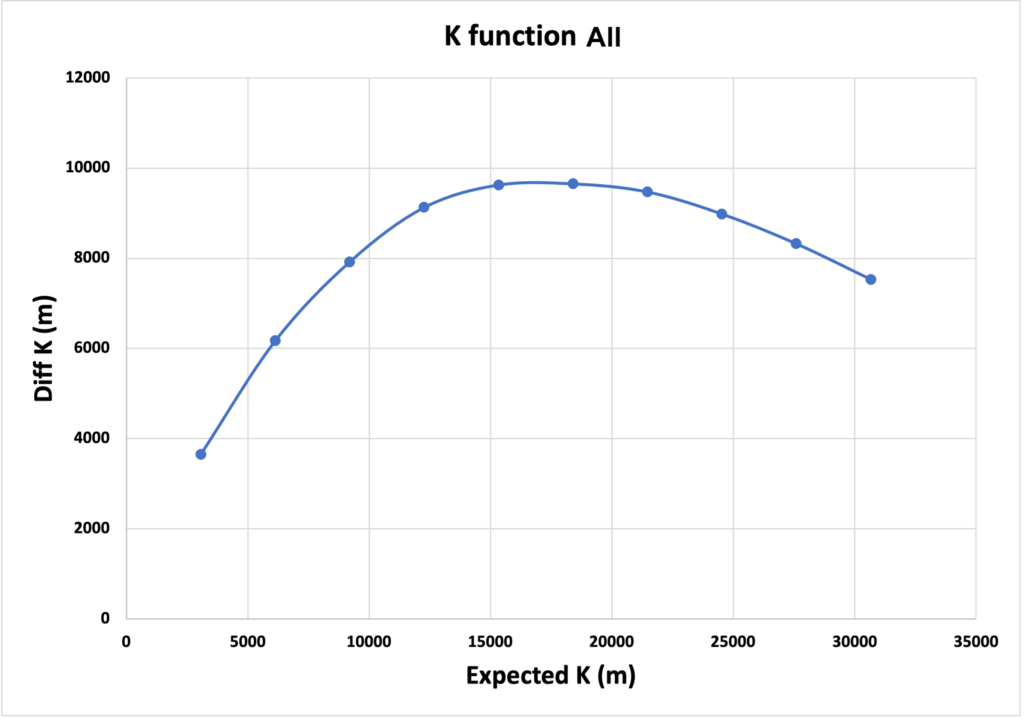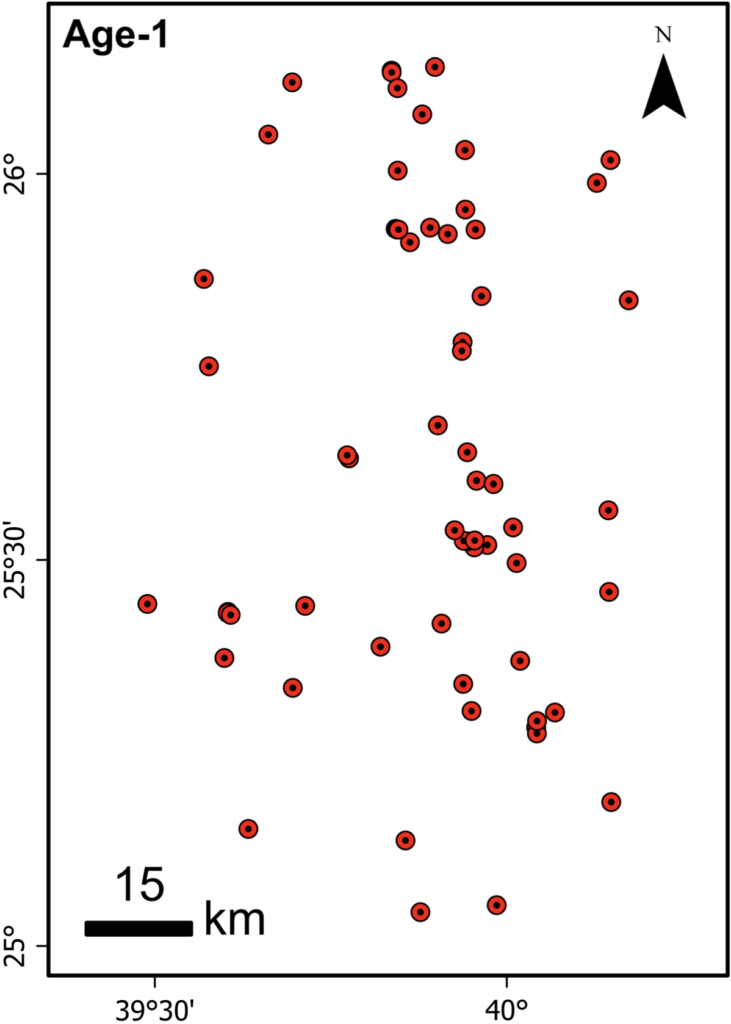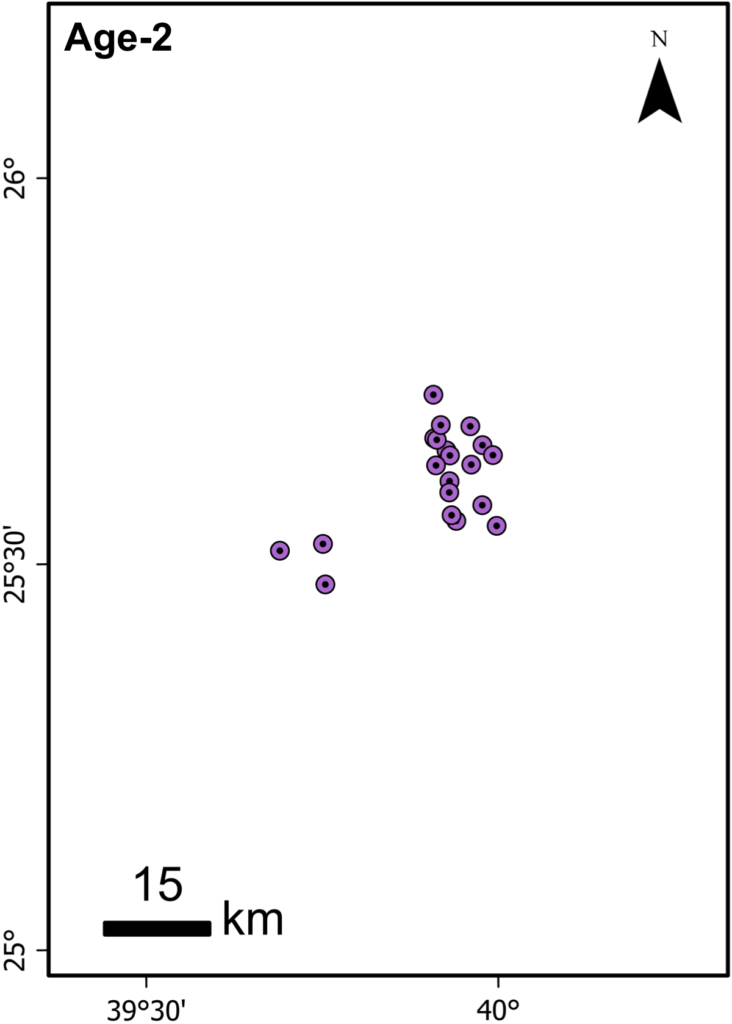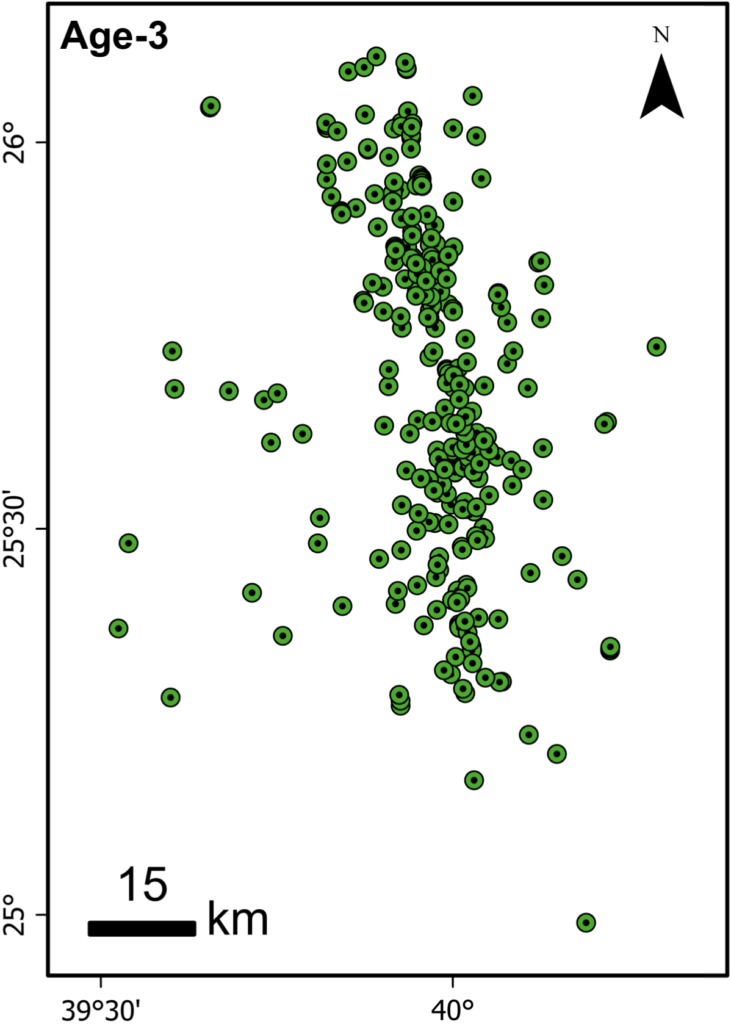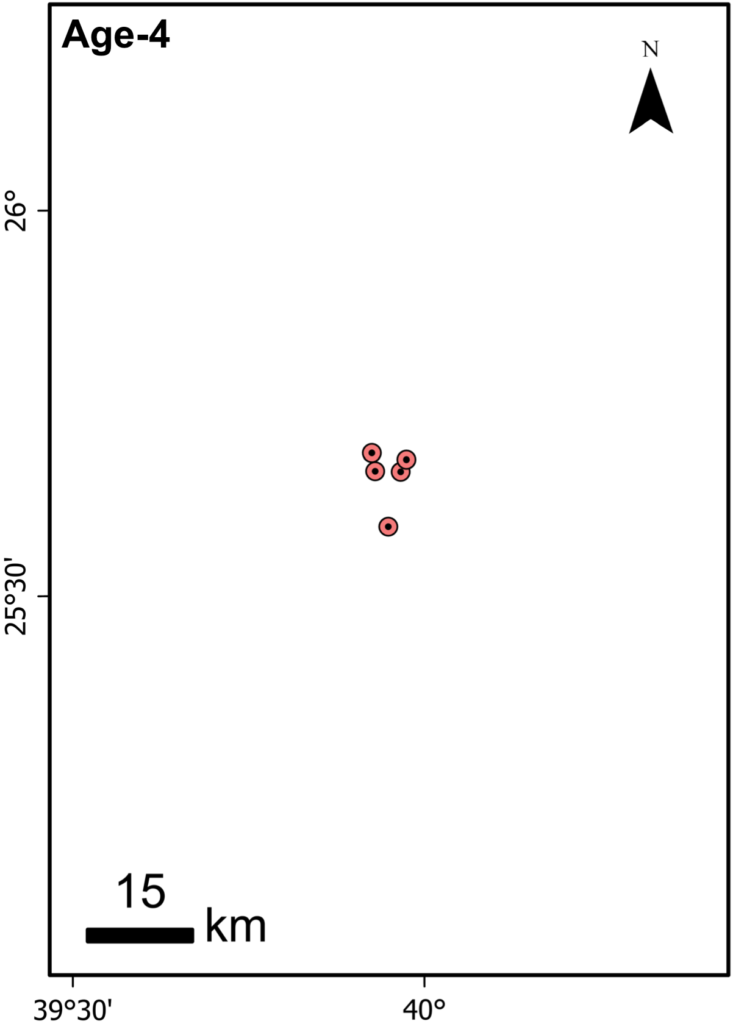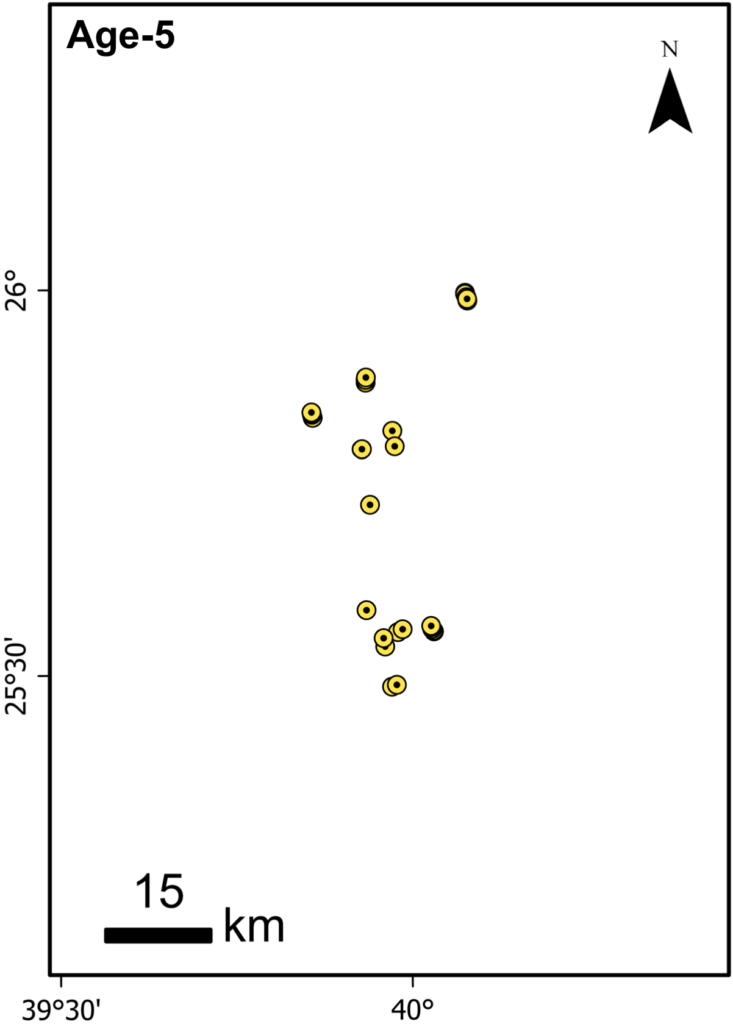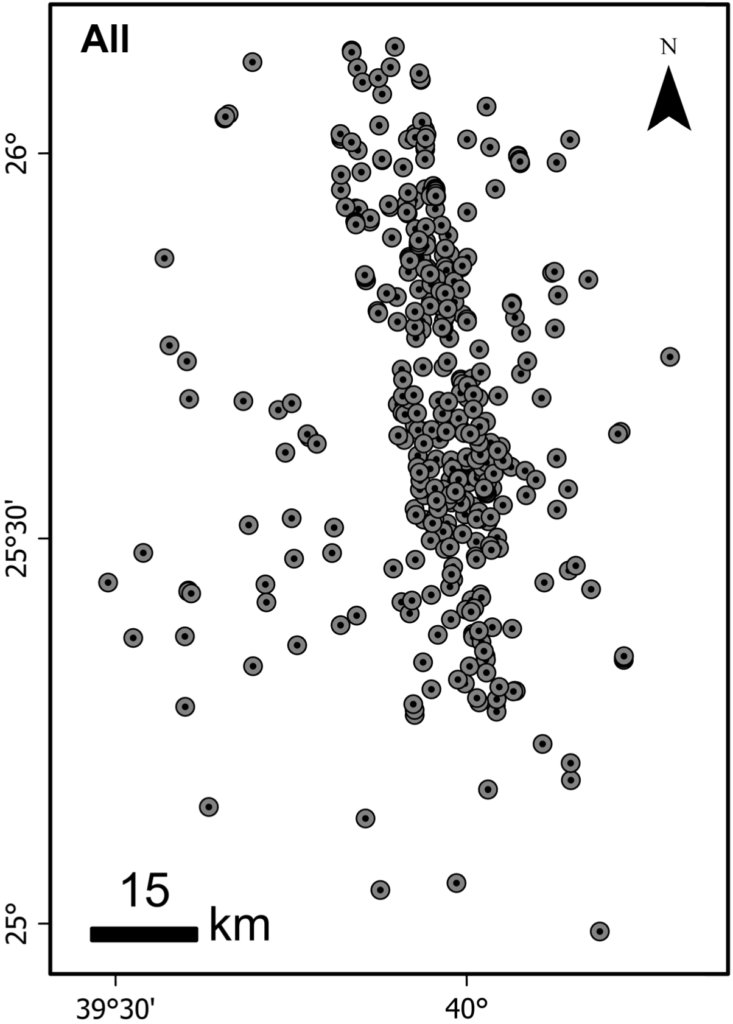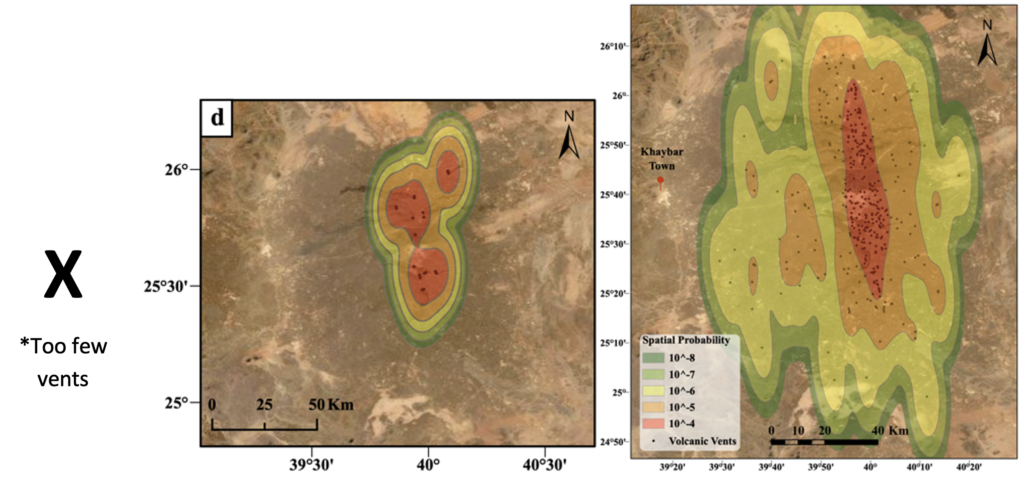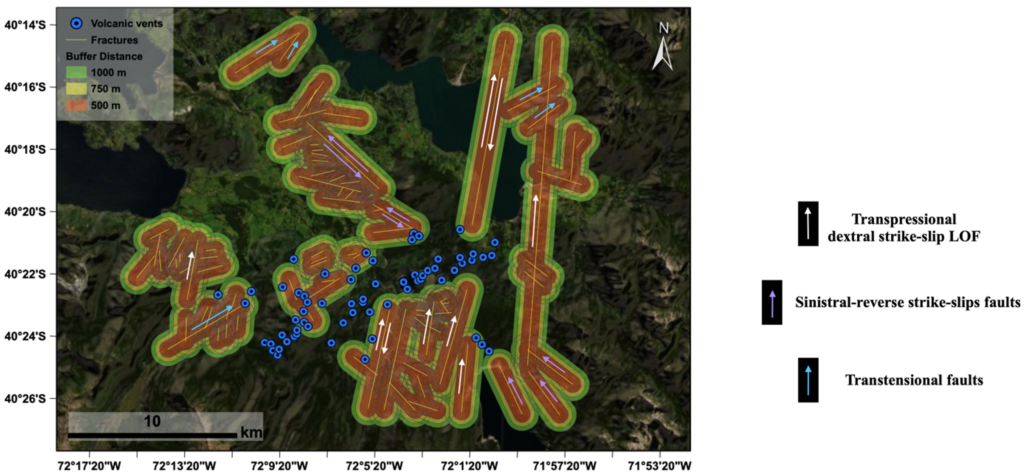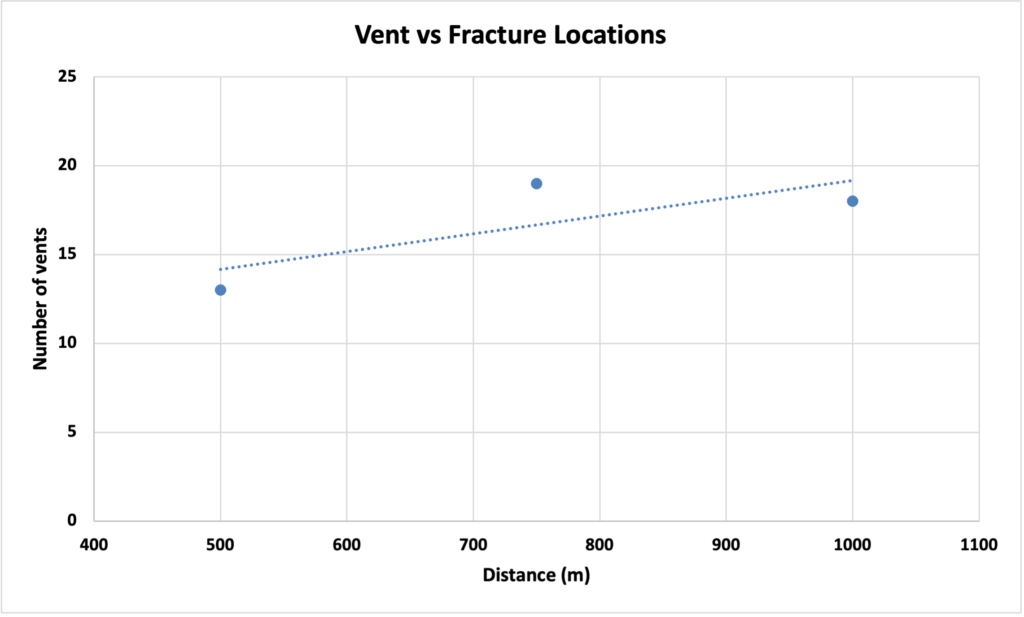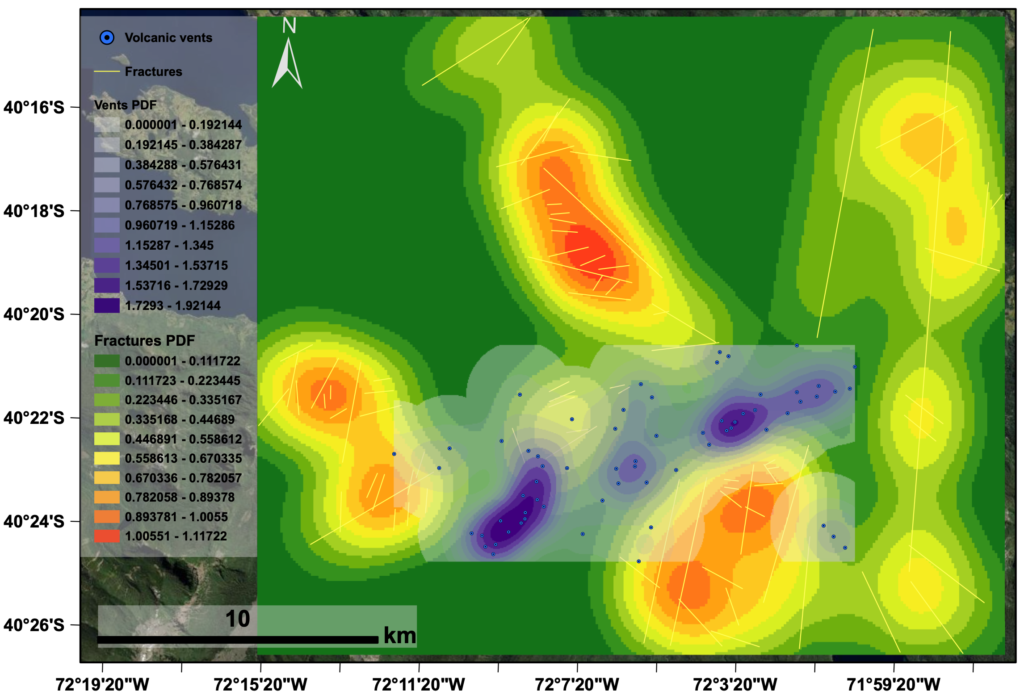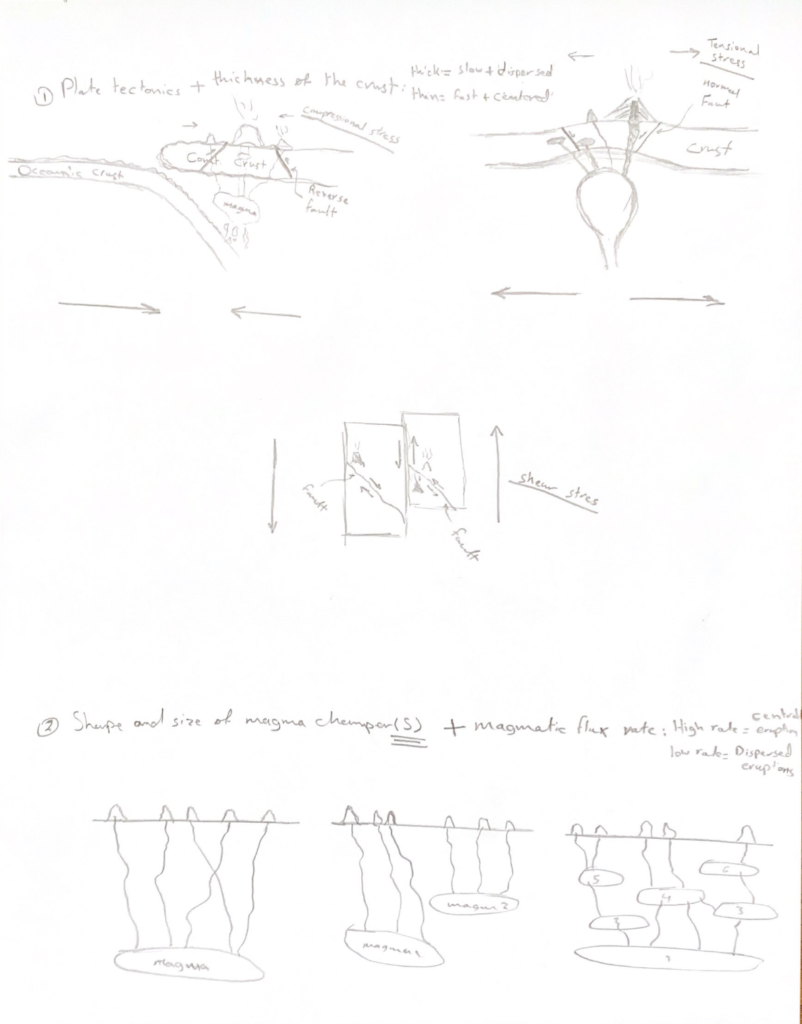- The research question that you asked (provide one question for each exercise).
Ex 1: How does the morphology of stream segments with log buildup differ from those with less debris accumulation?
Ex 2: How are local in stream debris concentrations (pieces per unit area) related to stem density measured in intervals upstream?
Ex 3: How does debris volume influence surrounding slope?
- A description of the dataset you examined, with spatial and temporal resolution and extent.
My data consist of a terrestrial mobile LiDAR-derived rasterized DEM. The data were acquired last summer in a tributary to McRae Creek in the HJ Andrews Experimental Forest. A 1km stream reach was surveyed with LiDAR over the span of a few hours. A section measuring roughly 50 meters in length was extracted from the full longitudinal survey to work on in this course.
- Hypotheses: predictions of patterns and processes you looked for.
I expected to find clusters of debris along the stream reach, representing an uneven distribution through space. I expected that the underlying geomorphology of the streambed, the surrounding bank slopes, and tree stems would be related to this phenomenon. I also expected to find that a larger concentration and volume of debris would impart a more drastic local change on stream morphology than areas with smaller/less debris.
- Approaches: analysis approaches you used.
Discrete LiDAR return elevation values were interpolated using a TIN algorithm and then rasterized. A hillshade was created from the raster DEM to aid in visual identification of individual debris points, which were then discretized with manually-placed points. Kernel density on the points was run.
Riparian stem points in the riparian buffer zone were assigned points with the method used for the in-stream debris. A valley bottom flowline was manually drawn, and buffered with fixed radius plots measuring 10 meters in diameter spaced in 5 meter intervals along the flowline. Debris and stem points were sampled and run through a cross-correlation function in R.
In CloudCompare, the CANUPO supervised objects classifier was trained with points manually identified as wood debris and segmented from the point cloud. Points classified as debris were fitted with cylindrical geometric primitives using the RANSAC algorithm. Best fitted solids were used to extract volume of individual debris. Volume values were assigned to discretized debris points in ArcGIS. Each point was buffered with a 3 meter fixed radius plot, wherein the DEM’s slope was sampled. Slope as a response to debris volume was fitted to a linear model in R.
- Results: what did you produce — maps? statistical relationships? other? Present the key, important results you created.

Figure 1: Kernel density produced a heatmap of debris concentration along the stream corridor.

Figure 2: Cross correlation produced a model and associated charts that did not indicate any significant relationships.

Figure 3: Discretizing stem and debris across the DEM produced GIS feature layers.


Figures 4&5: The CANUPO and RANSAC algorithms produced a classified point and fitted cylinders, respectively.
- What did you learn from each of the analyses you conducted (i.e., from each exercise)?
Exercise 1: Kernel density successfully identified hotspots of high debris concentration along the stream segment, confirming the patterns seen through visual inspection of the DEM. This method validated the proof of concept implementation of points as debris.
Exercise 2: The cross correlation function was unable to distinguish patterns of lagged correlation between stem and debris density, likely due to too small of a sampling spatial extent and/or sampling frequency. This suggests that small-scale relationships between stream morphology and debris may be too noisy for analysis.
Exercise 3: The CANUPO and RANSAC algorithms were moderately successful at extracting debris and volume from the stream point cloud. However, segmentation of debris was not precise enough to fully remove all points from the cloud, producing remnant chunks of debris points that likely interfered with linear modeling of slope and debris. This exercise also suggested that modeling the effects of debris volume on slope on a per-debris basis (as opposed to total volume in a logjam) may not show any reliable patterns.
For all exercises, the methods used for sampling were successful, in that they were able to extract desired metrics at a given spatial scale and extent.
- Significance. How are these results important to science? to resource managers?
Understanding how debris and riparian trees/vegetation interacts with stream morphology is an important topic in watershed and riparian management. Relating riparian tree density and buffer width to stream morphology conditions is relevant to OFPA regulations that stipulate harvest retention guidelines around sensitive areas. Study of forest conditions that promote healthy streams is important. The use of terrestrial mobile LiDAR to study these phenomena offers a way in which innumerable metrics of the stream environment may be extracted with great precision and accuracy, paving the way toward more sophisticated study of watersheds.
- Software learning. Your learning: what did you learn about software (a) Arc-Info, (b) GIS programming in Python, (c) programming in R, (d) Modelbuilder in Arc,or (e) other?
These activities have illustrated the relative strengths and weaknesses of ArcGIS’s toolbox of functions. Arc makes it easy to develop a sampling design and workflow and conduct some spatial analyses, but other programs offer greater flexibility, ease of use, and functionality in certain cases. CloudCompare has emerged as a powerful open-source program that I have relied on for working directly with the point cloud, which is something that Arc struggles with. R has worked well as an environment for experimenting with different methods and statistical analyses functions, allowing for ease of use when working with tabular data.
- Statistics learning. What did you learn about statistics, including (a) hotspot, (b) spatial autocorrelation (including correlogram, wavelet, Fourier transform/spectral analysis), (c) cross-correlation/regression (cross-correlation, geographically weighted regression [GWR], regression trees, boosted regression trees), (d) multivariate methods (e.g., PCA, multiple component analysis), (e) other techniques (change detection/confusion matrices, other)?
Hotspot analysis produced a good visual aid for the logjams along the stream, which might end up as a figure in my dissertation. I suspect spatial cross correlation will serve well as a tool investigate change over distance along streams when I incorporate the whole of my datasets in the analysis.
- Evolving question. How did the results of each analysis lead you to change/refine your question? Write out the original question you stated at the beginning of the class, and restate the question(s) you now plan to address.
Original question: How do physical aboveground elements in riparian areas such as herbaceous vegetation, course woody debris, and trees affected debris concentration in headwater streams?
Revised questions:
How does debris, locally and collectively, influence stream morphology, and what is the spatial scope of that influence?
How do riparian trees and their biometrics (height, DBH, volume, live crown ratio) relate to in-stream debris concentration and volume?
What mediating role does riparian terrain (slope and roughness) play between in-stream debris and riparian trees?
How do upstream trees and their biometrics relate to downstream debris concentrations and volume?
- Future techniques. What techniques would you like to explore to answer your research questions in the future?
I would like to see how machine learning could predict how stream morphology relates to the debris and riparian metrics I explored in the course.
I would like to use deep-learning to extract advanced tree metrics from the point cloud (stem volume, branch volume, leaf/crown volume) to feed into the model.
I would like to modify my sample design with a dynamic stream buffering function that will extract bankfull width, so that purely in-stream metrics may be analyzed.
I would like to implement a VBET (valley bottom extraction tool) with the stream DEM to replace the manual drawing process. I would also like to automate point assignment to debris, possibly by working with a rasterized DEM of classified debris points produced by the CANUPO process. I would like to implement automated stem extraction from a LiDAR derived CHM (canopy height model) using the Lidr package in R.
I would like to incorporate herbaceous vegetation into my analysis.
I would like to explore point patterns of debris along the streamline using Ripley’s K.













































